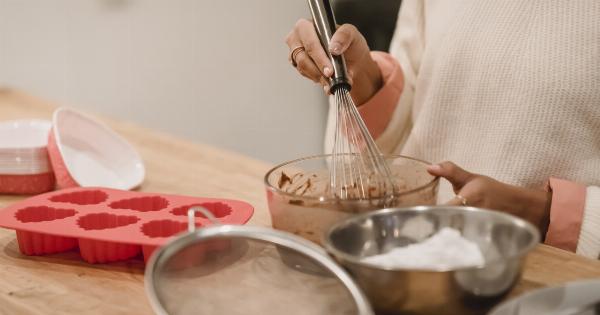Many people underestimate the potential health risks associated with mold and mildew in their homes. While they may appear harmless, these common household problems can have detrimental effects on your well-being.
Mold and mildew produce allergens, irritants, and potentially toxic substances that can trigger allergic reactions, respiratory problems, and other health issues. Understanding the health risks associated with mold and mildew is crucial for maintaining a safe and healthy home environment.
The Basics: What is Mold and Mildew?
Mold and mildew are types of fungi that thrive in moist and humid conditions. They often appear as a fuzzy or powdery substance in various colors, such as green, black, or white.
Mold and mildew can be found both indoors and outdoors but tend to be more problematic indoors, where they have access to moisture sources and suitable organic materials. These fungi reproduce by releasing spores that can easily become airborne and spread throughout your home.
Health Risks of Exposure
The presence of mold and mildew in your home can pose several health risks, particularly for individuals with pre-existing conditions or compromised immune systems. Here are some of the health problems that can arise from exposure:.
Allergic Reactions
Mold and mildew produce allergens, substances that can cause allergic reactions in sensitive individuals. Common symptoms include sneezing, coughing, itchy eyes, congestion, and skin rashes.
These allergic reactions can make everyday life uncomfortable and may require medical intervention if they persist or worsen.
Asthma Attacks
For those with asthma, exposure to mold and mildew can be particularly problematic. Inhalation of mold spores can trigger asthma attacks, resulting in coughing, wheezing, chest tightness, and difficulty breathing.
Asthma sufferers should take extra precautions to prevent mold and mildew growth in their living spaces.
Respiratory Infections
Prolonged exposure to mold and mildew can weaken your respiratory system, making you more susceptible to respiratory infections. These infections can range from mild conditions such as bronchitis or sinusitis to more severe illnesses such as pneumonia.
If you frequently experience respiratory infections, mold and mildew in your home might be contributing to the problem.
Toxic Reactions
Some types of mold, such as black mold (Stachybotrys chartarum), can produce mycotoxins. Mycotoxins are toxic substances that can cause severe health effects when inhaled, ingested, or come into contact with the skin.
Symptoms of mycotoxin exposure can include fatigue, headaches, dizziness, nausea, and even neurological problems in severe cases.
Other Health Issues
In addition to respiratory problems, mold and mildew exposure has been linked to various other health issues. These include skin infections, chronic fatigue, immune system disorders, and even depression.
It is crucial to identify and address mold and mildew problems in your home to minimize these health risks.
Preventing and Treating Mold and Mildew
The best way to protect yourself and your family from the health risks of mold and mildew is to prevent their growth in the first place. Here are some effective preventive measures:.
Reduce Humidity
Mold and mildew thrive in humid environments, so it is important to control indoor humidity levels. Use dehumidifiers, air conditioners, or exhaust fans to reduce moisture in bathrooms, kitchens, and other areas prone to humidity.
Keeping indoor humidity below 50% can significantly inhibit mold and mildew growth.
Fix Leaks and Moisture Issues
Regularly inspect your home for any water leaks or moisture problems. Fixing leaks promptly and addressing any signs of water damage, such as discoloration or dampness, can help prevent mold and mildew growth.
Promote Air Circulation and Sunlight
Mold and mildew thrive in stagnant air. Improve air circulation in your home by using fans or opening windows whenever possible.
Additionally, allowing natural sunlight into your living spaces can help prevent mold and mildew growth, as they prefer dark and damp environments.
Proper Ventilation
Ensure that your home has proper ventilation, especially in moisture-prone areas like bathrooms and kitchens. Properly venting appliances, such as stoves and clothes dryers, can help prevent excess moisture buildup.
Clean and Dry Immediately
If any areas of your home do get damp or wet, it is crucial to clean and dry them as quickly as possible. Mold and mildew can start growing within 24 to 48 hours of moisture exposure.
Promptly drying any wet surfaces or materials can help prevent their growth.
Professional Remediation
If you discover extensive mold and mildew growth in your home or suspect toxic mold, it is recommended to seek professional help for remediation.
Professional mold removal services have the expertise and equipment to safely remove mold and address the underlying causes.
Taking Action for a Healthy Home
Understanding the health risks associated with mold and mildew is the first step towards creating a safe and healthy home environment.
By following preventative measures and addressing any mold or mildew problems promptly, you can protect yourself and your loved ones from the harmful effects of these fungi. If you have concerns about mold or its potential health impacts, it is always advisable to consult a healthcare professional.






























